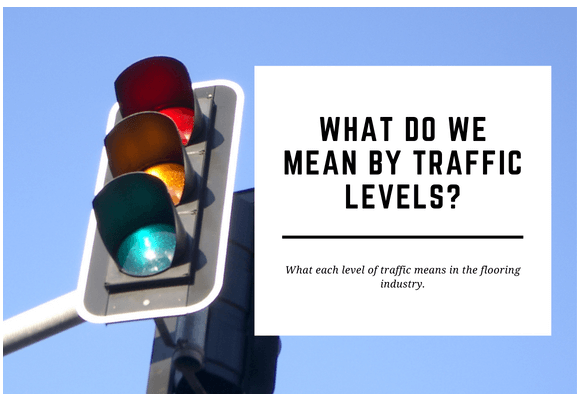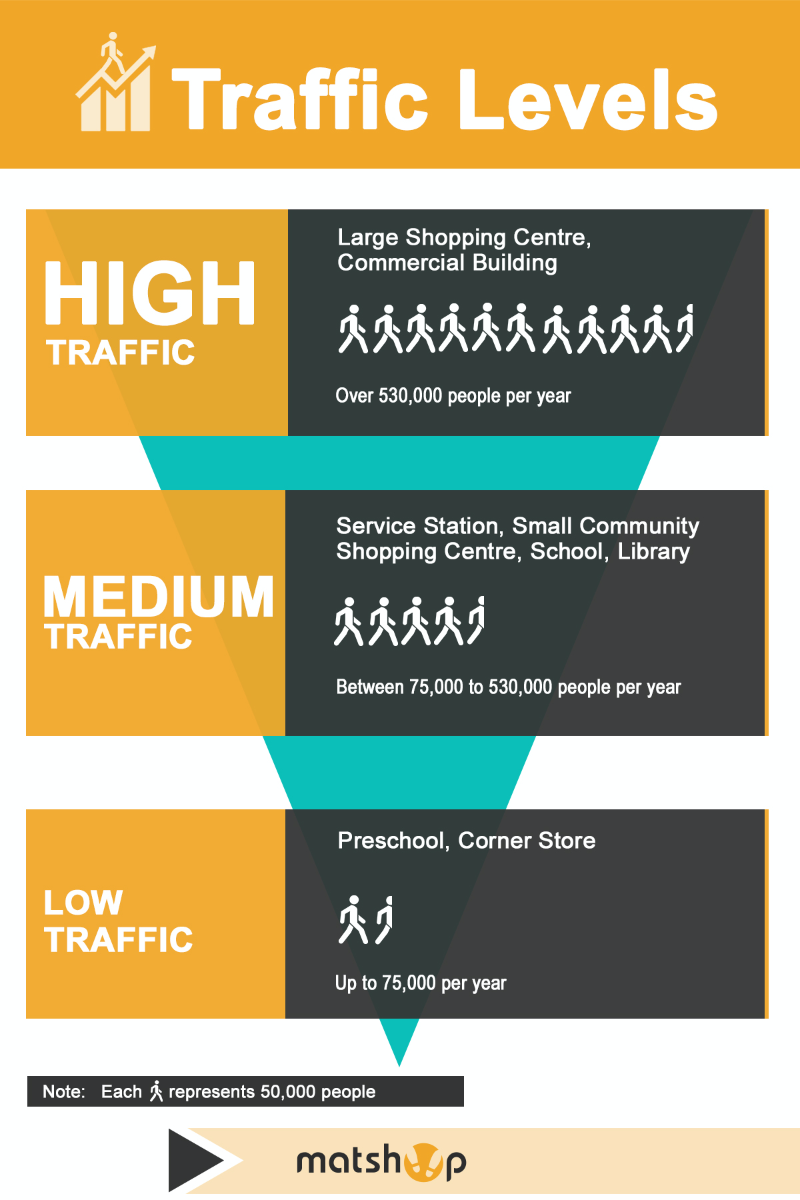
What do we mean by traffic levels?
What each level of traffic means in the flooring industry.
If you are looking for a new mat, you have probably heard the term 'traffic levels' already. As is standard in the industry, most of our mats suit either high, medium or low traffic environments.
While it's obvious that a home is probably a low traffic environment, it is more complicated labelling various workplaces. We always want to cut the jargon and make great quality matting accessible here at Matshop.
So, what do the traffic levels mean?
How traffic levels work in flooring
We categorise the different levels of traffic by average footfall per year. This works well because it takes seasonality into account.
If one mat is used by 12,000 people one day and none for the rest of the year, it is likely to deteriorate at a similar rate to another that sees 1,000 people each month pass over. More important than traffic levels, however, is the right mat for the right moment.
You should always make sure you are using the right mat for your application. A high traffic mat that cannot get wet will deteriorate very fast if used outside in the rain. Likewise, a mat that is not treated to resist UV rays will not reach its expected life expectancy.
What are the traffic levels?
There are 2 types of traffic: wheeled and foot.
- Low traffic environments see less than 75,000 people walking through each year. Examples include pre-schools, corner stores and residential homes.
- Medium traffic environments see between 75,000 and 530,000 people passing through each year. Examples include service stations and small community shopping centres.
- High traffic environments see over 530,000 people per year. Examples of these are large shopping centres and commercial buildings.
Some of our heavy duty anti fatigue and entrance mats can support light wheeled traffic as well as heavy foot traffic. Light wheeled traffic includes carts and buggies. Only bog mats can support heavier wheeled traffic.
For a visual explanation of traffic levels, see the diagram below.
Traffic Levels Diagram

Choosing the right mat for the amount of traffic you need it to support is critical. While placing your mats in the correct environment should always be your priority, you also need a mat that won’t be overwhelmed by overuse.
Maintaining and looking after your mat is another way to prolong its life, so make sure you store, clean and dry out your mat as often as it needs. For more information on maintaining your mats, check out this article on how to clean your door mat.
Hopefully, this has helped you choose the right mat for your needs. If you have another question or need more help, our matxperts are always happy to help. Reach out to us via the chat function below or call 1300 628 746 for personalised recommendations and further information.

